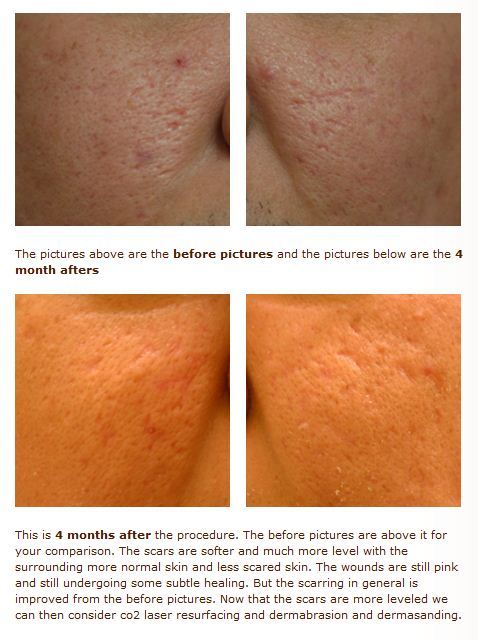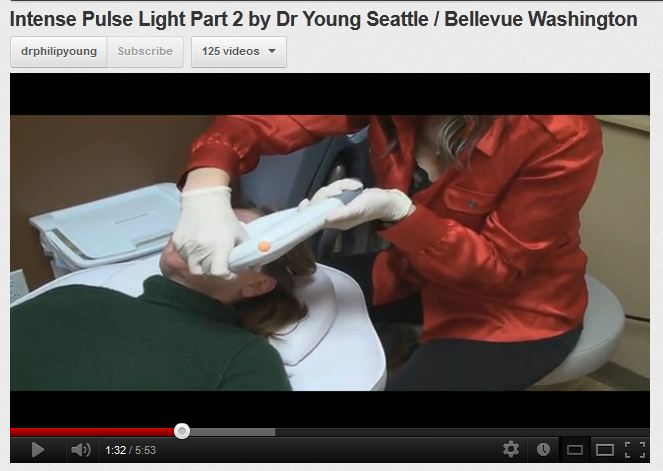Acne Scar Treatment Healing Diary Released by Dr. Philip Young Seattle | Bellevue: So we are excited to release our new photo diary on the healing process and recovery after subcision and deep chemical peeling for Acne Scar Treatment (Here is a link to see this Acne Subcision Chemical Peel Healing Diary). Many of our clients wonder what the healing process is like. We wanted to show the healing process through photos and what to look for in terms of healing and how to clean etc. Deep chemical peeling is much like the process of laser resurfacing and the recovery and cleaning / healing process. So we invite you to also visit our laser resurfacing page to find out other tips to get the best healing from chemical peeling and laser resurfacing.
Subcision is the process of elevating the tissue under the skin and scarred areas, to allow the depressed scars to elevate to the more normal unscarred skin. This is the first step in making the scars look better. The depression in acne scars can cast a shadow in this area, the darkness clues people on the status that the particular area is not like the rest (ie it looks like a scar). After the scar is more elevated then you can proceed to polish the skin level to get it to look more like normal skin. The polishing step is when we decide to do laser resurfacing and dermasanding. Dermasanding is the process of dermabrasion with medical grade sterilized sandpaper. This is a more accurate way of doing dermabrasion in Dr. Young’s opinion. It also avoids spreading infection to the people around.
Thanks for reading
Our team at Aesthetic Facial Plastic Surgery!

